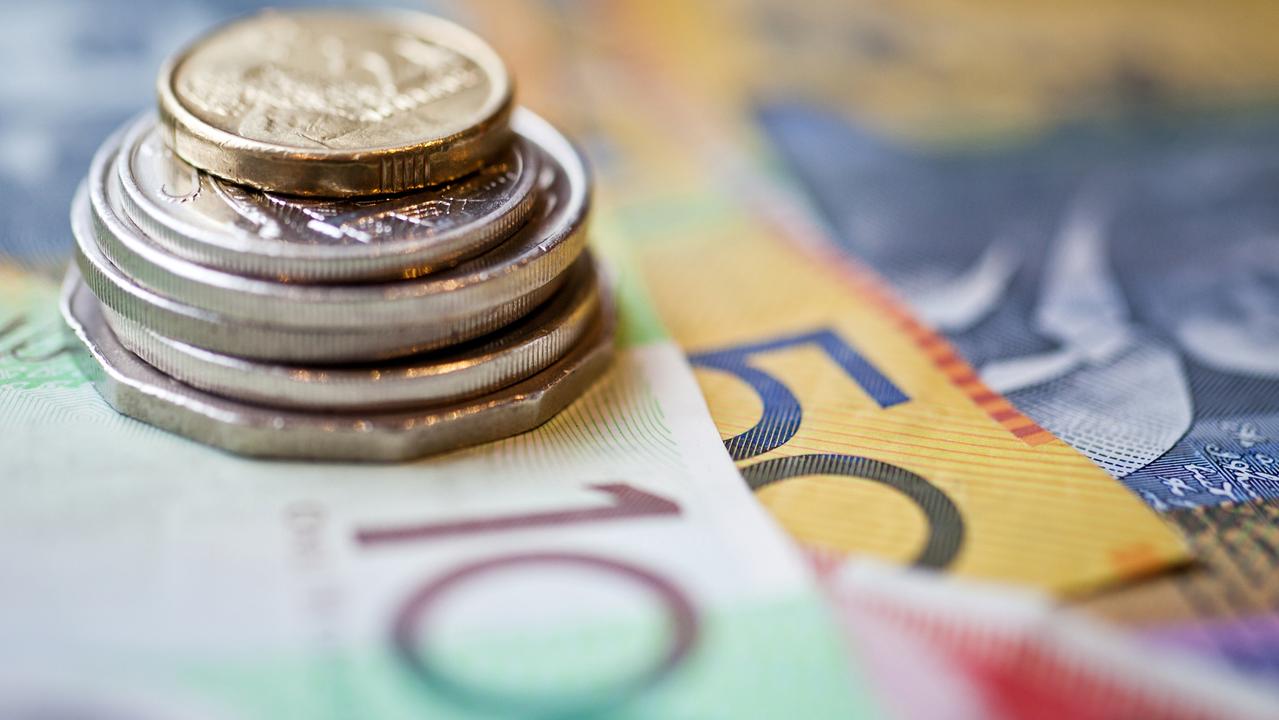Tax return: How to receive your $1080 refund payment
More than 10 million Aussies are set to benefit from these tax cuts. Find out the simple way to make sure you get money back.
More than half of Aussies don’t think they will get a bigger tax refund this year compared to last year, according to a survey from H&R Block, yet tax cuts mean they could score a big chunk of money.
Last year, a third of Aussies received between $1000 and $4999, according to the survey, while 27 per cent scored less than $1000.
Just 7 per cent of respondents were lucky enough to get a return between $5000 and $9999, while 3 per cent made a massive $10,000 to $49,999 from their tax return.
But with tax cuts announced last year as the pandemic raged, more than 10 million Aussies are expected to receive a $1080 bonus.
“Australians will get a bumper tax return this year due to the low and middle income tax offset and also the change in tax thresholds from 1 July 2020,” said Mark Chapman, director of tax communications at H&R Block.
“For all those Aussies who expect to pay tax this year, this could come as a pleasant surprise as the impact of both measures could mean they are actually due a refund, or at the least a decrease in their tax liability.”
The low and middle income tax offset is available to all taxpayers with income up to $126,000. The amount available differs depending on your income.
“Basically, if your income is less than $37,000, you will receive $255. If your income is between $37,001 and $48,000, the tax offset will increase steadily to $1080,” explained Mr Chapman.
“Between $48,000 and $90,000, you will get the maximum of $1080. Earn more than $90,000, and the offset gradually phases out, disappearing after $126,000. You must lodge your tax return in order to get the offset.”
However you don’t need to complete anything in your tax return in order to receive it; simply lodging it is enough, Mr Chapman added.
RELATED: ‘Alarming’: Tax return crackdown

Another tax change
The other part of the tax cuts arises from the change in tax thresholds where people have received a tax cut depending on how much they earn.
For those on the lower end of the salary scale, they were delivered some tax relief when the 19 per cent taxation was raised from $37,000 to $45,000, meaning the 32.5 per cent tax bracket only applies to those earning between $45,001 and $120,000.
The lower threshold for the 37 per cent tax bracket has been moved to salaries above $120,001 as part of the changes.
These tax savings will also be delivered through your tax returns and though some of the cuts have already been passed on through your salary, the change was only introduced in October last year meaning there’s still some cash to score.
The total value of the tax cuts depends on your salary but looks like this:
• $21,886 – $45,000: up to $1080
• $45,001 – $90,000: $1080
• $90,001 – $120,000: up to $2430
• $120,000+: $2430
However, you’ve already had about seven months of the cuts passed on through your pay packet, stressed Mr Chapman.
“Let’s assume that your pay is $89,000 per year. That means that your total tax cut is $1,080, or $20 per week,” he said.
“Assuming the tax cuts weren’t passed on until 1 December 2020, that means that you missed out on five months or about 20 weeks of tax cuts, which will now come through to you via your tax return. That amounts to an extra $400.”
RELATED: Surprising things you can claim at tax time

Be careful
Mr Chapman also warned that Australians can face a 25 per cent penalty for carelessly miscalculating how much they earned from shares, investment properties, and now cryptocurrency.
“Those who have entered a new phase in life, whether starting their own business,
buying a rental property, buying some shares or investing in cryptocurrency need to review their income and deductions and consider the tax implications in order to stay out of trouble with the tax man,” he said.
The survey found 44 per cent of Aussies will be putting their tax refund back into their savings account, while a further 25 per cent will look to pay off debt.




